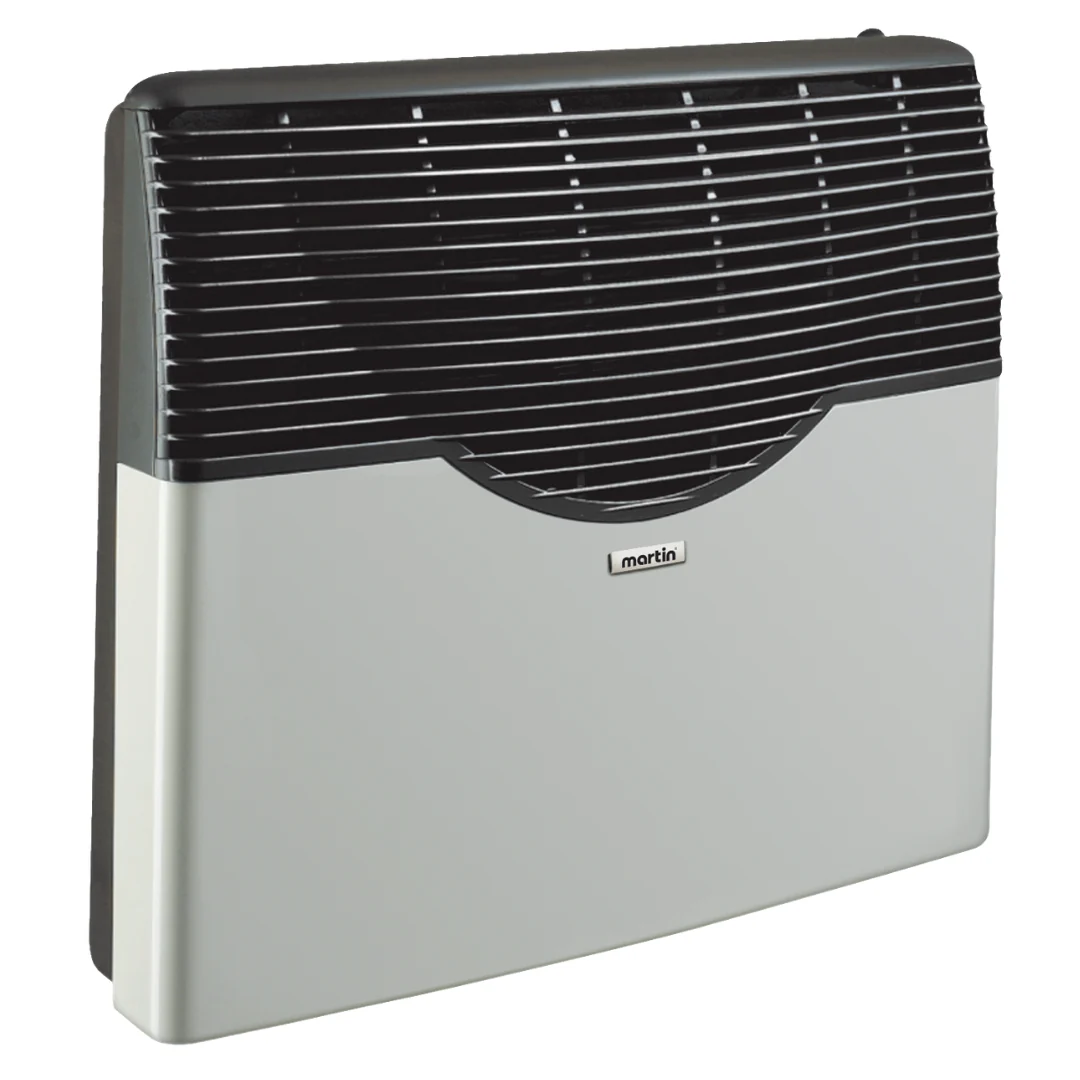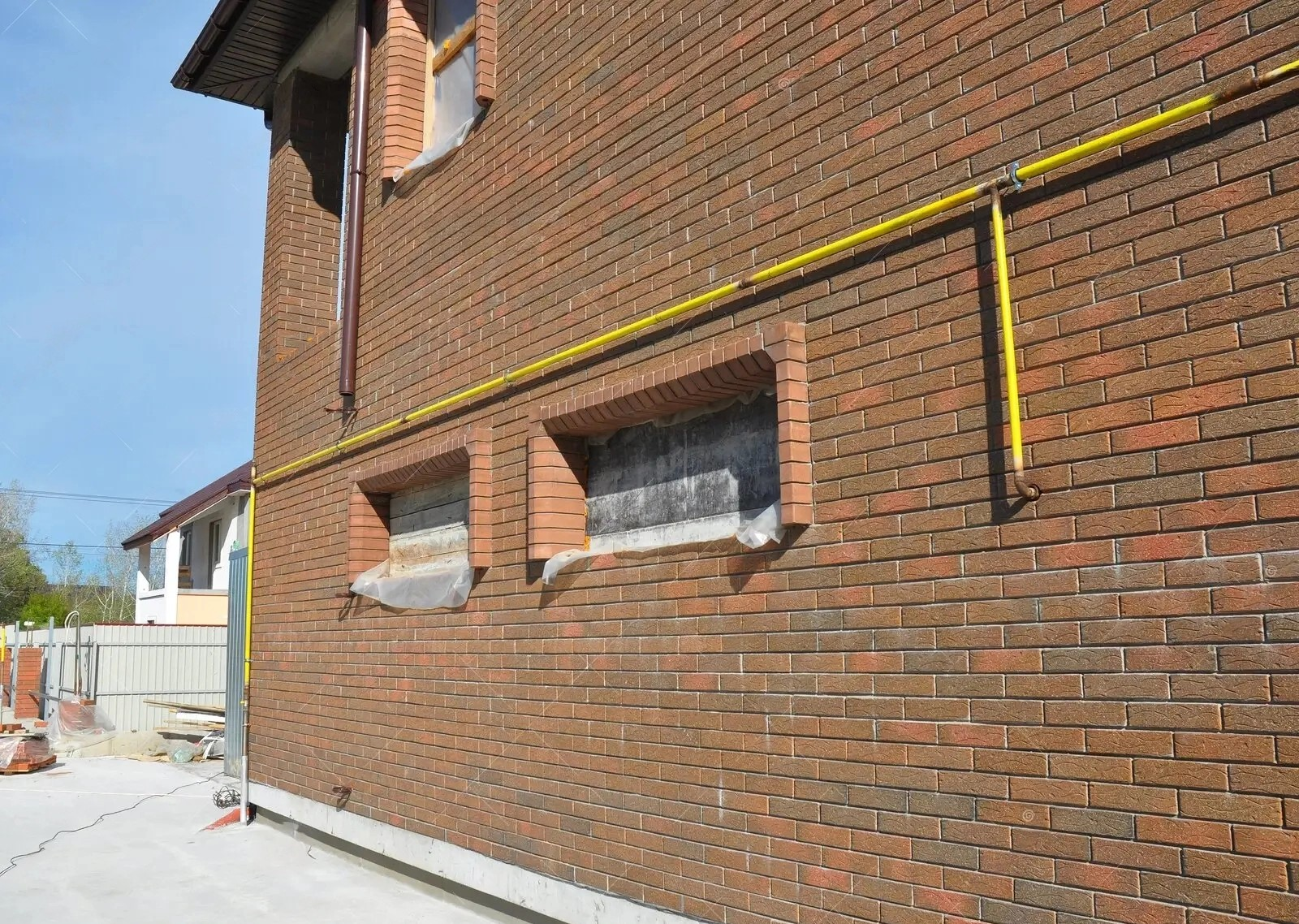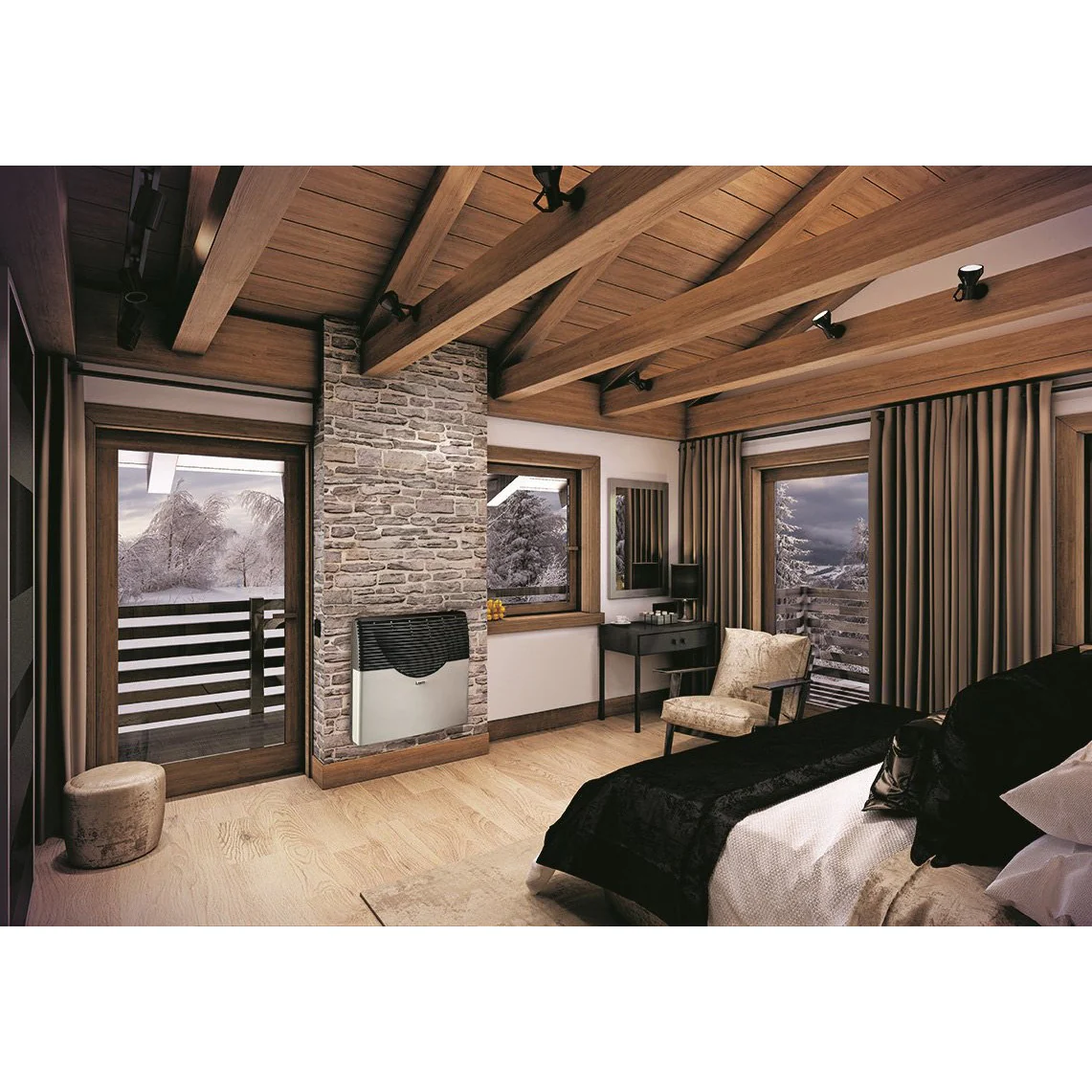Your Cart is Empty
Call, Text or Chat Mon-Friday 10AM-5PM CST : 1-844-WILDOAK
Menu
-
- Deals & Promos
- Homesteading
- Living Off The Grid
- Off Grid Toilet
- Composting Toilets
- Incinerating Toilet
- Chicken Coops
- Greenhouses
- DIY Shed Kits
- Barndominium Kit
- Garage Kits
- Poultry Processing
- Dog Kennels
- BeeKeeping
- EMP & Signal Protection
- Emergency Food Kits
- Freeze Dryers
- Solar Generators, Panels and Batteries
- Solar Fridge & Freezers
- Propane Wall Heater
- Water Filtration
- Coolers and Cooking
- Gazebos
- Portable Sauna
- Camping Cot
- Hunting Blind
- Prepping
- Overlanding Gear
- Composting Toilets
- Solar Generators
- Brands
- Chicken Coop Brands
- Composting Toilet Brands
- Solar Brands
- Food Storage Brands
- Freeze Dryer Brands
- Water Filtration Brands
- Incinerating Toilet
- Dry Flush Toilet Brands
- Waterless Toilet Brands
- Heater Brands
- EMP Shield Brands
- Tent Brands
- Cot Brands
- Cooler Brands
- Stove & Grill Brands
- Dog Kennels
- Greenhouse & Gazebo Brands
- Portable Saunas
- DIY Shed Kits
- About Us
- Resource Center
- The Ultimate Prepper & Emergency Survival Blog - Includes Free eBook
- Beginners Guide to Living off The Grid - Includes Free eBook
- Building Your Own Emergency Food Supply
- Best Survival Food to Be Prepared for Anything
- Berkey Lab Tests & Certifications
- Federal Solar Tax Credit - What You Need to Know
- BLOG
-
- 1-844-945-3625
- Login

Call, Text or Chat Mon-Friday 10AM-5PM CST : 1-844-WILDOAK
How to Install a Martin Direct Vent Heater
by Cliff Co 4 min read
Installing a Martin Propane Heater is a straightforward process that can transform any space into a warm and comfortable area. It is the perfect solution for zoned heating, ensuring clean, comfortable heat without using room air for combustion.
We'll walk you through the steps, ensuring a smooth installation. The gas flame is sealed away from all contact with room air, allowing for continuous circulation of clean, gentle heat.

Key Points
Installation only takes ten easy steps:
- Select an exterior wall location.
- Mark and cut the opening.
- Install the adjustable vent assembly.
- Connect the gas line.
- Secure the heater unit.
- Connect the vent assembly.
- Install the pilot assembly.
- Perform a leak test.
- Connect the power supply.
- Start the heater.
Preparation
Before you begin, gather the necessary tools and materials. You'll need the heater unit, an adjustable vent assembly, a pilot assembly, and the hardware included with your Martin heater unit. Make sure you have a drill, saw, measuring tape, level, and appropriate fuel type (natural gas or liquid propane gas). If you're still unsure by the end of this article on how to have a heater installed in your house, browse some reviews in case someone has had a similar experience.
How to Install a Natural Gas Direct Vent Heater from Martin Direct
1. Choose the Installation Site
Select a location along the exterior wall of your house. The site should be free of obstructions and provide adequate airflow for the heater. Consider the position of doors and windows to ensure proper ventilation for your unit.
2. Mark and Cut the Opening
Measure and mark the area where the adjustable vent assembly will pass through the exterior wall. Cut an opening along those walls that fit the width and height of the vent. This allows the exhaust and combustion products to be directed outside, maintaining clean hot air inside the house. Make sure the gas flame will be sealed away from all contact with room air for clean and comfortable heat.
3. Install the Adjustable Vent Assembly
Place the vent assembly through the opening in the exterior wall. Ensure it adjusts to fit walls of different thicknesses. The adjustable vent assembly adjusts easily, allowing it to fill various wall lengths. Secure it with the hardware provided, making sure it’s level.
4. Connect the Gas Line

Attach the gas line to the heater. Ensure that the gas valves are turned off before making any connections. Follow the instructions for your specific fuel type, whether natural gas or liquid propane gas. A professional install is recommended to ensure safety and compliance with local codes.
5. Secure the Heater Unit

Mount the heater unit on the wall, aligning it with the vent assembly. Use the included hardware to secure the unit firmly to the building. Check that the unit is level and properly positioned.
6. Connect the Vent Assembly
Attach the vent assembly to the heater. Ensure a tight seal to prevent any leaks of combustion products into the room. The vent assembly adjusts to fit different wall lengths, ensuring a secure fit.
7. Install the Pilot Assembly
Follow the manufacturer’s instructions to install the pilot assembly. This is crucial for the operation of the gas flame. Ensure all connections are tight and secure.
8. Perform a Leak Test
Turn on the gas supply and check all connections for leaks using a soap and water solution. Bubbles indicate a leak, which must be addressed immediately.
9. Connect the Power Supply
If your heater model requires electricity, plug it into a suitable outlet. Ensure that the power supply is compatible with the heater’s requirements.
10. Start the Heater
Safety Considerations
- Ensure proper ventilation to avoid the buildup of harmful combustable products.
- Keep combustible materials away from the heater.
- Regularly inspect the heater and vent assembly for any signs of wear or damage.
- Be aware that improper installation can lead to issues such as cancer and reproductive harm due to exposure to combustion products.
Conclusion
Installing a Martin Direct Vent Heater is a practical solution for providing comfy heat in any room. This guide has outlined the key steps to ensure a safe and effective installation. Always refer to the manufacturer’s instructions and consider a professional install for optimal results. Enjoy the warmth and efficiency of your new heater!
The Martin Direct Vent Heater is the perfect solution for providing a flow of clean heat without using room air for combustion.

Have any questions or would like to place an order? We'd love to help! Chat with our friendly customer service team by calling 1-844-945-3625, chatting in on our website or email us at customersupport@wildoaktrail.com. We look forward to hearing from you!
Cliff Co
Cliff, a passionate storyteller and hardcore seller, here to share insights and knowledge on all things prep. He firmly believes in only selling things he'd use himself, making sure only the best get to his readers' hands.
Leave a comment
Comments will be approved before showing up.
